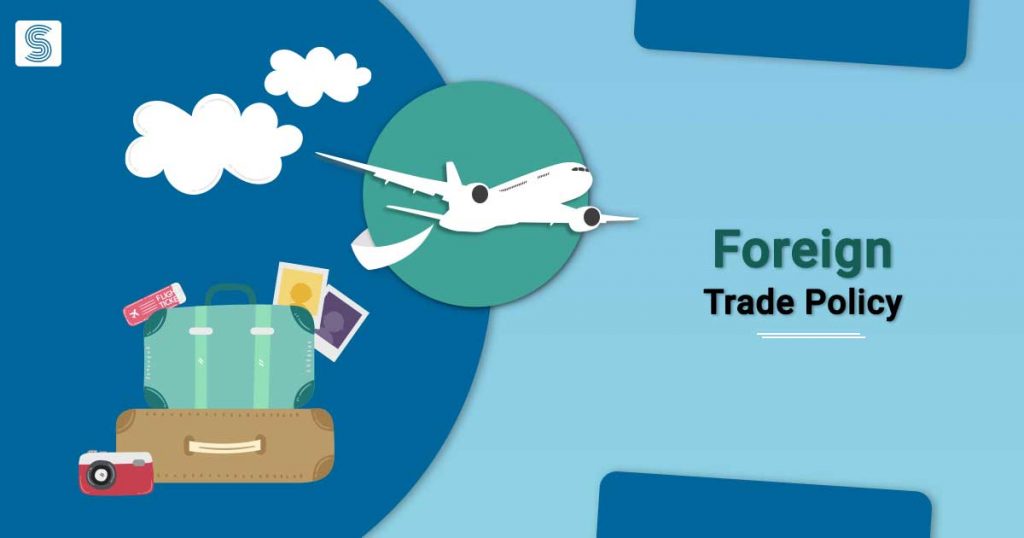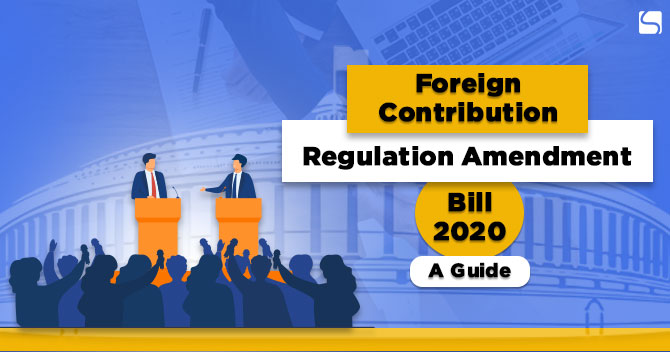Incorporation of New Provision in the Foreign Trade Policy 2015-2020

Dashmeet Kaur | Updated: Dec 11, 2019 | Category: Foreign Trade
As the year 2020 is around the corner, one looks forward to the changes it will bring in the social, political and economic sections of India. Reportedly, some major provisions will get incorporated in the Foreign Trade Policy. The Government has designed new provisions to foster the growth of foreign trade and boost competitiveness in the global market. Through Foreign Trade Policy 2015-2020, the Government aims to underpin the service and manufacturing sector.
In the past two decades, the domestic economy has significantly boosted through trade and capital flows. Such growth has relatively accelerated the Indian economy from Rs.32 trillion (2004) to Rs.153 trillion (2016). During that period, even the per capita income of India has a huge jump. The sole reason behind the substantial increase in GDP and the per capita income is the foreign trade.
Table of Contents
Central Objective of Foreign Trade Policy 2015-2020
The Government has framed the Foreign Trade Policy 2015-20 to represent India as a master player across the global trade by 2020. It renders a robust substructure to promote objectives like more employment opportunities, the export of goods & services, and escalate the value addition . It focuses on providing support to both the services and the manufacturing sectors while enabling the ‘ease of doing business.’
The Crux of the whole Story
On 2nd April 2015, Union Minister of Commerce & Industry, Nirmala Sitharaman unveils about Foreign Trade Policy (FTP) 2015-2020 [1] at Vigyan Bhawan. Here are the highlights of her declarations:
- She acclaims that Foreign Trade Policy 2015-20 offers a framework to increase the export of goods and services along with uplifting employment sources. It also helps to raise value addition, in regards to the ‘Make in India’ programme.
- FTP enables India to win over the daunting challenges of the external environment. Further, it reinforces India to cope with the dynamic international trading architecture and promotes trade to be a major contributor to economic development.
- It has introduced two new schemes of ‘Merchandise Exports from India Scheme‘ (MEIS) and ‘Services Exports from India Scheme‘ (SEIS). Wherein, the first scheme is for the export of specific goods to specific markets while the second scheme implies to increase exports of the notified services.
- Duty credit scrips issued under SEIS and MEIS with the goods imported against these scrips will be transferable.
- For grant of rewards under Merchandise Exports from India Scheme, the countries got categorized into three groups, wherein the rate ranges from 2% to 5%. However, under Services Exports from India Scheme, the selected services will get a reward at the rates of 3% and 5%.
- Under the new provision of Foreign Trade Policy, significant measures have been taken to nudge procurement of capital goods from indigenous manufacturers. Moreover, the EPCG scheme reduces the specific export obligation to 75% of the normal export obligation.
- FTP gives a boost to the exports of defense and hi-tech products.
- E-Commerce exports of books/periodicals, handloom products, toys, customized fashion garments, and leather footwear through courier or foreign post office gets the benefit of MEIS (for values up to INR 25,000).
- Several steps have been exerted to encourage manufacturing and exports under 100% EOU/EHTP/STPI/BTP Schemes. Those steps include a fast track clearance facility for the units, permit to share infrastructure facilities, authorization of inter-unit transfer of goods & services. Lastly, a permit to set up warehouses near the port of export and thereby to use duty-free equipment for training.
- Manufacturers, who are status holders, will enable to self-certify their manufactured goods in phases. Such ‘Approved Exporter System’ will largely help manufacturer exporters to access the international markets quickly.
- 108 MSME clusters get identified to focus interventions on amplifying exports. Additionally, ‘Newiryat Bandhu Scheme’ has been repositioned to obtain the objectives of ‘Skill India’.
- The new Foreign Trade Policy majorly focuses on facilitating trade and elevating the ease of doing business. Another fundamental aim of new FTP is to move towards paperless working in 24×7 Environment.
Conclusion
Also, Read:Legal Framework of Foreign Trade Policy














